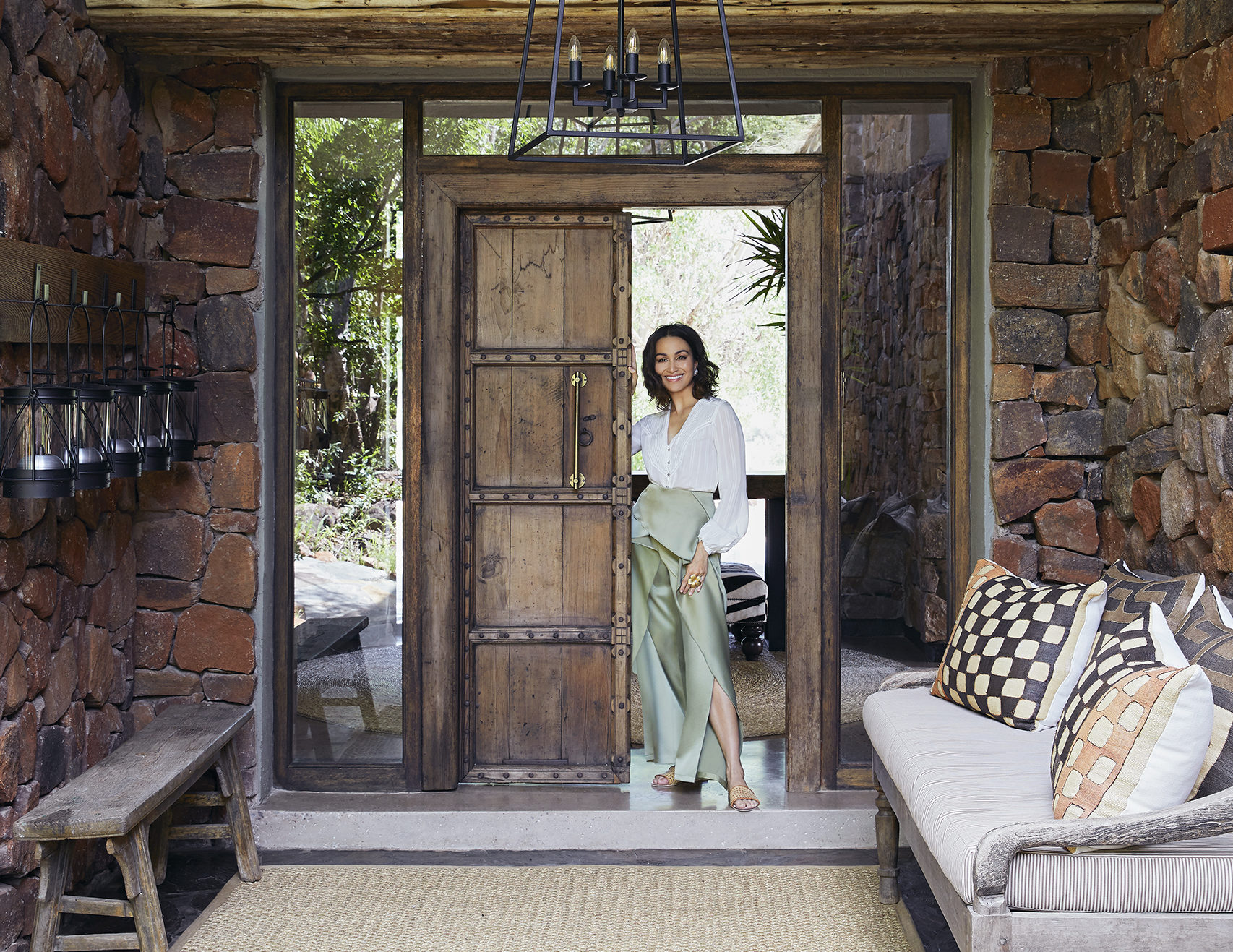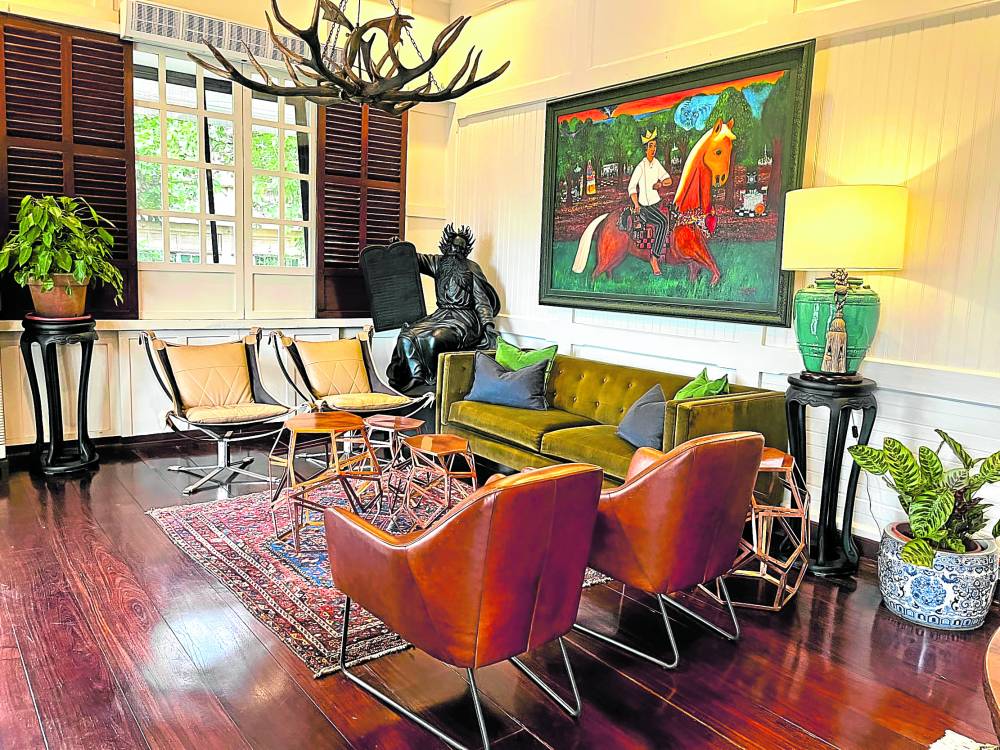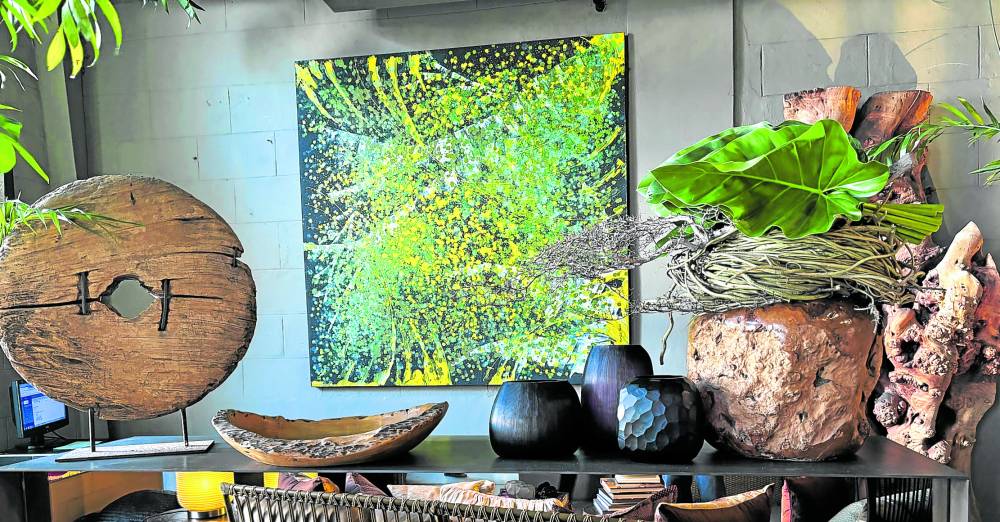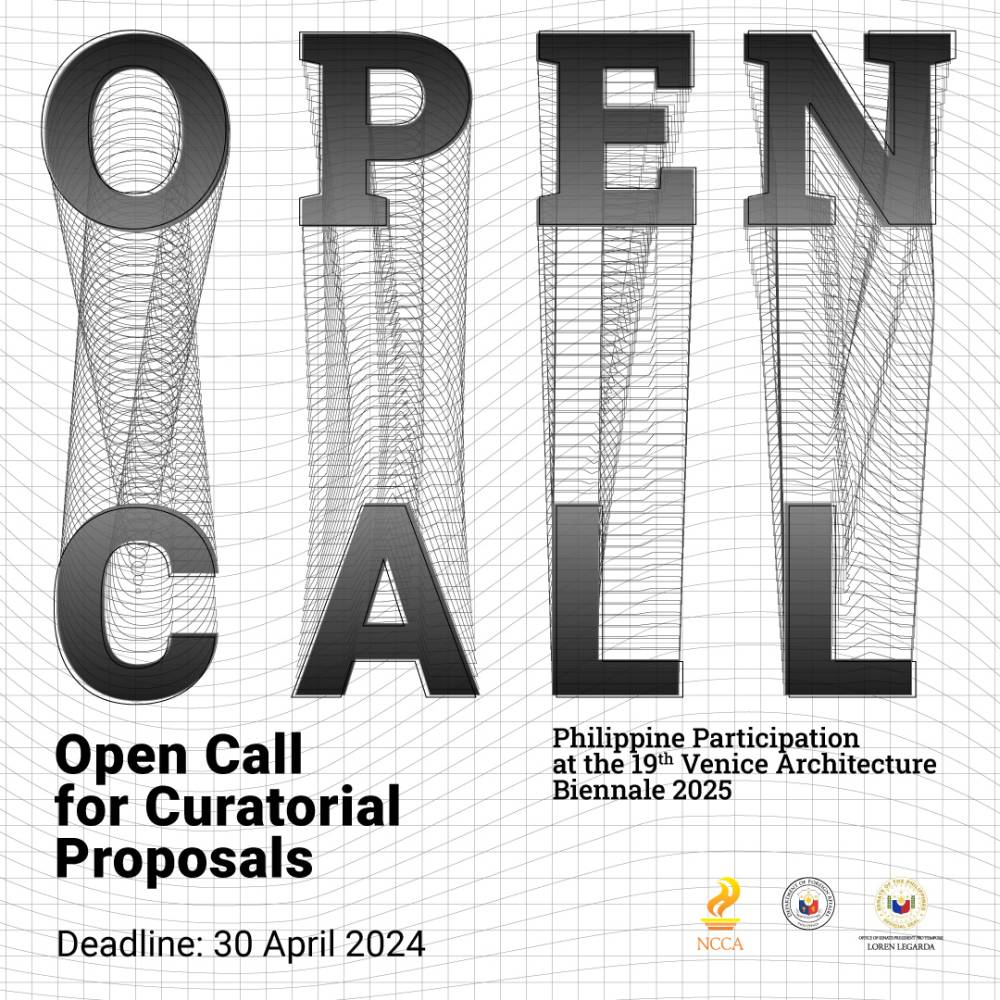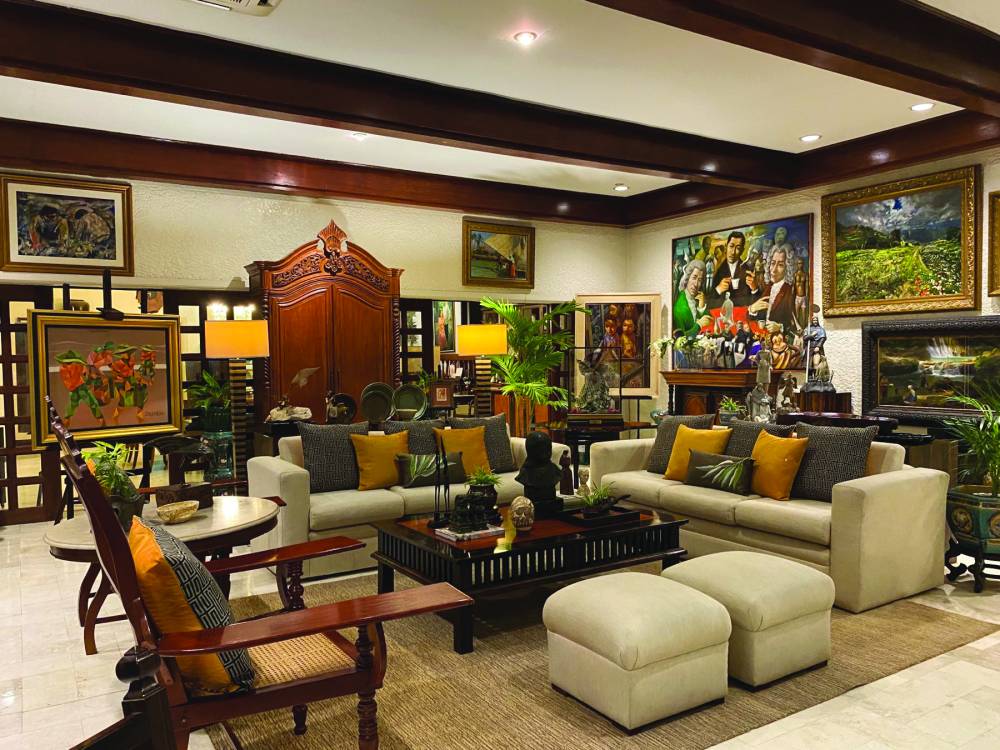Stephanie Kienle Gonzalez works in multitudes, not just in terms of the scale and breadth of where her work is present but in the fact that all facets of her work come together harmoniously. Her philosophy of living with purpose forms a tapestry among her many vocations: President of local luxury furniture manufacturer and retailer Philux, Member of the Board of Trustees for Habitat for Humanity, Member of the Next Generation Council of WWF Philippines, media personality, and of course, loving wife and mother to three.
This year, Stephanie adds another feather to her cap as the author of her first book Embracing Natural Design, which has been published by the esteemed international publishing house Rizzoli. Rife with exciting insights into her design philosophies complemented by imagery captured across the globe, this coffee table book is the result of a labor of love crafted over a number of years.
We speak to the esteemed designer to discuss her personal journey on authorship and what she hopes the book will mean to Filipino readers.
What was your main intention in writing Embracing Natural Design?
It actually all started with me chronicling and documenting my own interior design processes for my homes and for Philux. I felt that it was such a fascinating creative experience that I decided to document my process and projects further. At some point a few years back, I had built up a good amount of material and developed the idea of consolidating it all into a book. Certainly a far-reaching project, but a prospect that excited me.
Eventually, Rizzoli expressed interest. I had reached out to them directly and was so pleasantly surprised when they came back to let me know they were keen on working with me. That convinced me it was the right time to pursue a book – I had always dreamt of having my work even considered by a publishing house of their prestige, so I decided to seize the opportunity. At the end of the day, my intention was to showcase the beauty fashioned out of applying a naturalistic design approach to spaces as well as to celebrate the artistry and craft of those I have collaborated with and long-admired. I wanted to highlight my love for Filipino design and for authentic spaces.
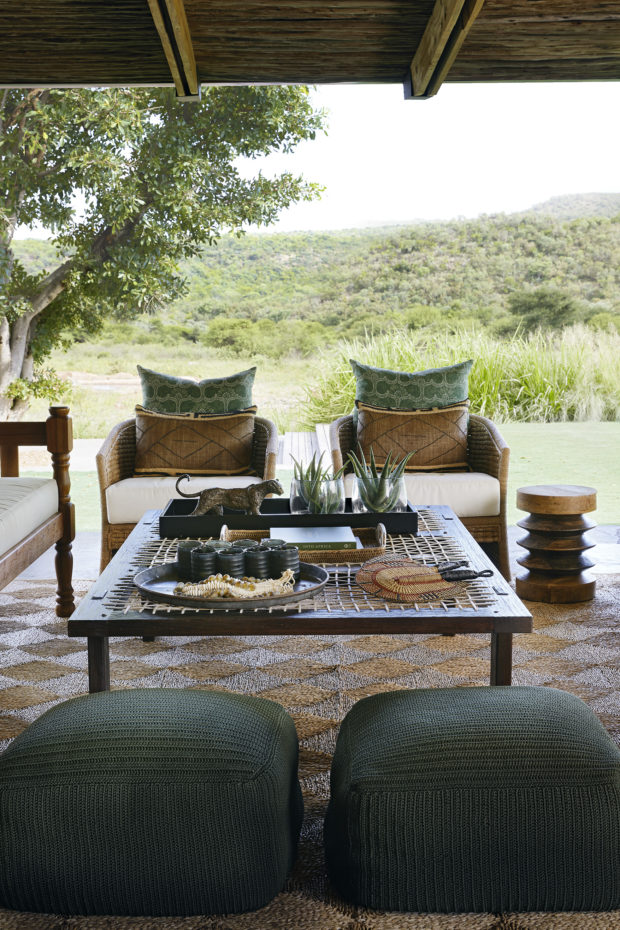
How would you define natural design in your own terms?
To me, natural design encompasses a number of aspects. The most tangible would be the introduction of raw and organic materials into the furniture, accessories, wallpaper, window treatments, and other finishes as a way to bring the outdoors in. Whether they be wood, weaves, or stone, I feel that these tactile elements bring so much warmth and coziness, and lend a rich sense of materiality and texture to a space.
Another would be the incorporation of conscious local craftsmanship. I find that objects rooted in design choices made with the intent to uplift local communities are the most appealing. The same for objects that have been specifically conceptualized and produced to either upcycle existing materials or to have a lighter impact on the environment. This just adds another layer of substance to the concept of natural design and proves the vastness of opportunities to apply a naturalistic design approach to a project.
The book features people and places from across the globe, including our very own Kenneth Cobonpue. How does Filipino design in the context of your book fare with the rest of the world?
A section of the book is dedicated to profiling individuals such as Filipino creatives Kenneth Cobonpue, Bea and Marga Valdes, and Olivia d’Aboville. I really wanted to highlight their work ethic, their design philosophy, and their interpretation of Filipino design in their respective crafts.
Bea and Marga, for example, have focused on empowering their local female workforce and on uplifting slow and conscious craft – with women harmoniously working side by side on their art. Through their work, whether that be a tapestry or fashion accessory, they celebrate local tradition and impart a beautiful message of solidarity, of community, of women empowerment, and of preserving tradition.
Olivia, on the other hand, has focused on sustainability throughout her artistic career. She often works with livelihood programs and uses beautiful Filipino materials such as piña and abaca in her art. Kenneth does the same but in his own way. What makes him so interesting is that he is able to seamlessly translate a melange of local influences into pieces that are extremely contemporary and can rival world-class design players.
With the Philippines being so rich in natural resources, it has bred visionaries that have been able to translate those materials and sources of inspiration into incredible works of art worthy of the world stage. And I’m delighted to have been able to celebrate that in the book.
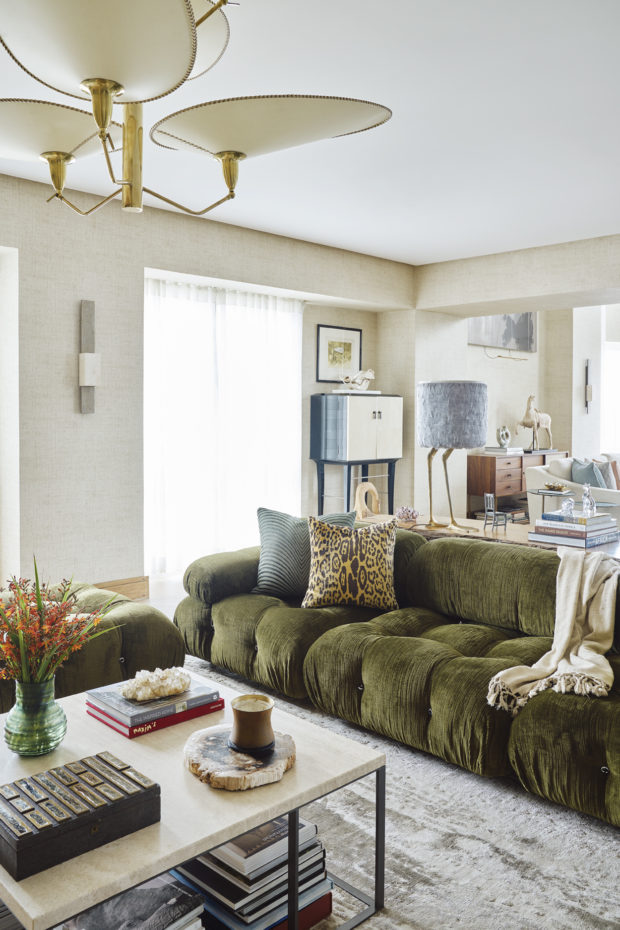
Given that you wear a multitude of hats, how did you find a balance between all your current responsibilities and working on a book at the same time?
It’s definitely an ever-evolving process. I felt that I had finally gotten into a rhythm, then our third daughter came into our lives just three months ago, changing the equation once more. But at the end of the day, it’s about finding your true purpose, identifying your focus, and working relentlessly towards it.
The usual answers of time management and work-life balance are key. However, what has really resonated with me recently was a quote from Steve Jobs that was featured in an article I read – it says that good leaders have to say no to a hundred things. To put it in a more positive perspective, being thoughtful about what to say yes to and ultimately what to take on allows oneself the time, energy, and both mental and physical capacities to focus solely on what aligns with one’s purpose and to work in the direction of achieving one’s specific objectives, as opposed to getting lost in the madness that life can bring at times.
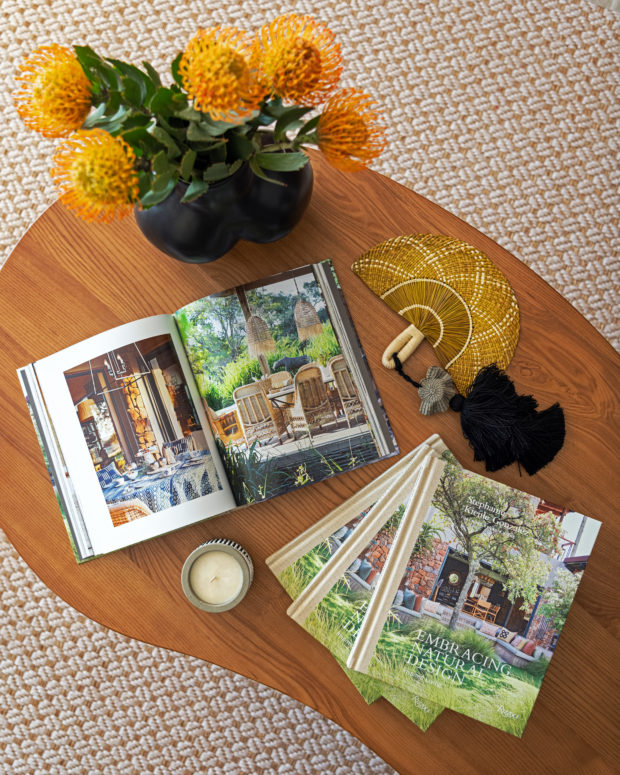
I want to also ask about the journey of being an author or authorship. Were there any personal insights you gained as you completed the book?
Firstly, I would say, follow your intuition. Releasing a book such as this was always a dream and something I believed I had the ability to pursue. But because I didn’t have any experience in the field, a sense of doubt always lingered. Yet, I decided to follow my intuition – with determination and a little bit of courage, I reached out to Rizzoli. My husband probably thought that I was out of my mind, but I figured the worst that could happen is I would get rejected, which I could live with. In the end, it all worked out and if I had not pushed myself to reach out to the publisher in the first place, I wouldn’t be here today.
Secondly, don’t hesitate to reach out to others for their guidance. This process was entirely novel to me, but having worked with other individuals in the field made it easier and much more fulfilling. I am honored to have worked with my collaborators in South Africa, my editors in New York, and countless others from Manila and other parts of the world whose expertise has shaped this project and who have been instrumental in this journey.
Embracing Natural Design is available worldwide. Visit bit.ly/skgbook for more information.
Images courtesy of Stephanie Kienle-Gonzalez

